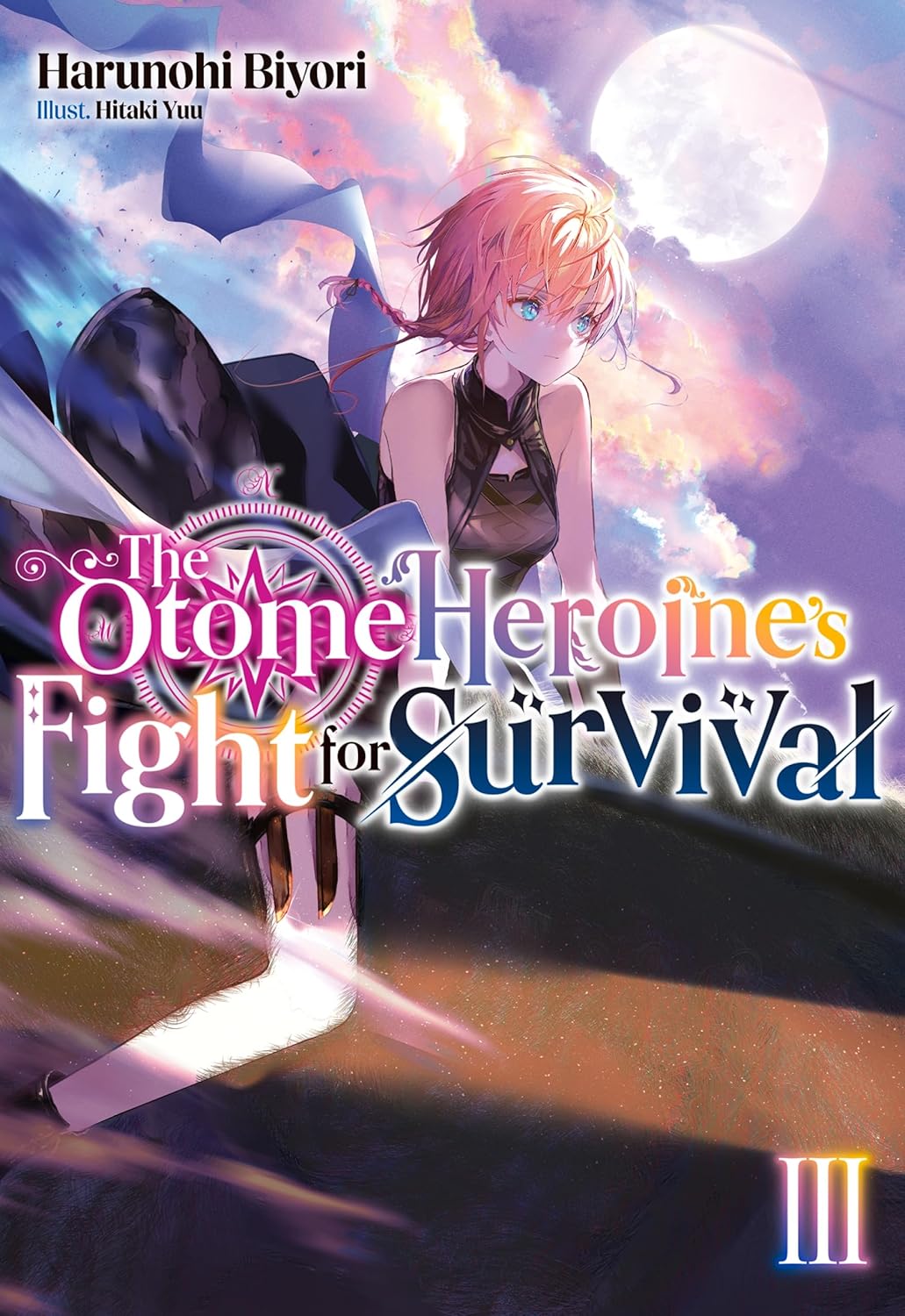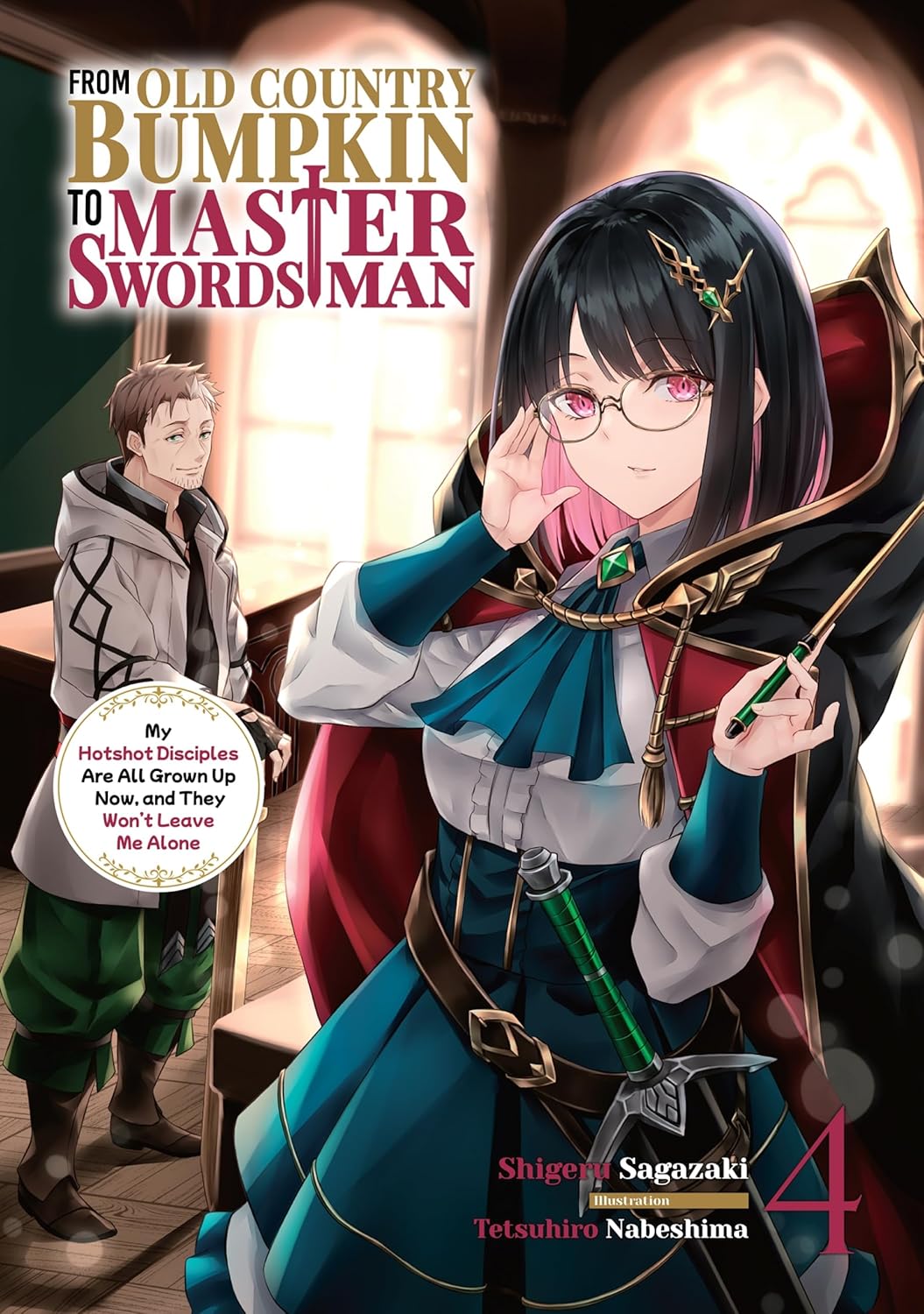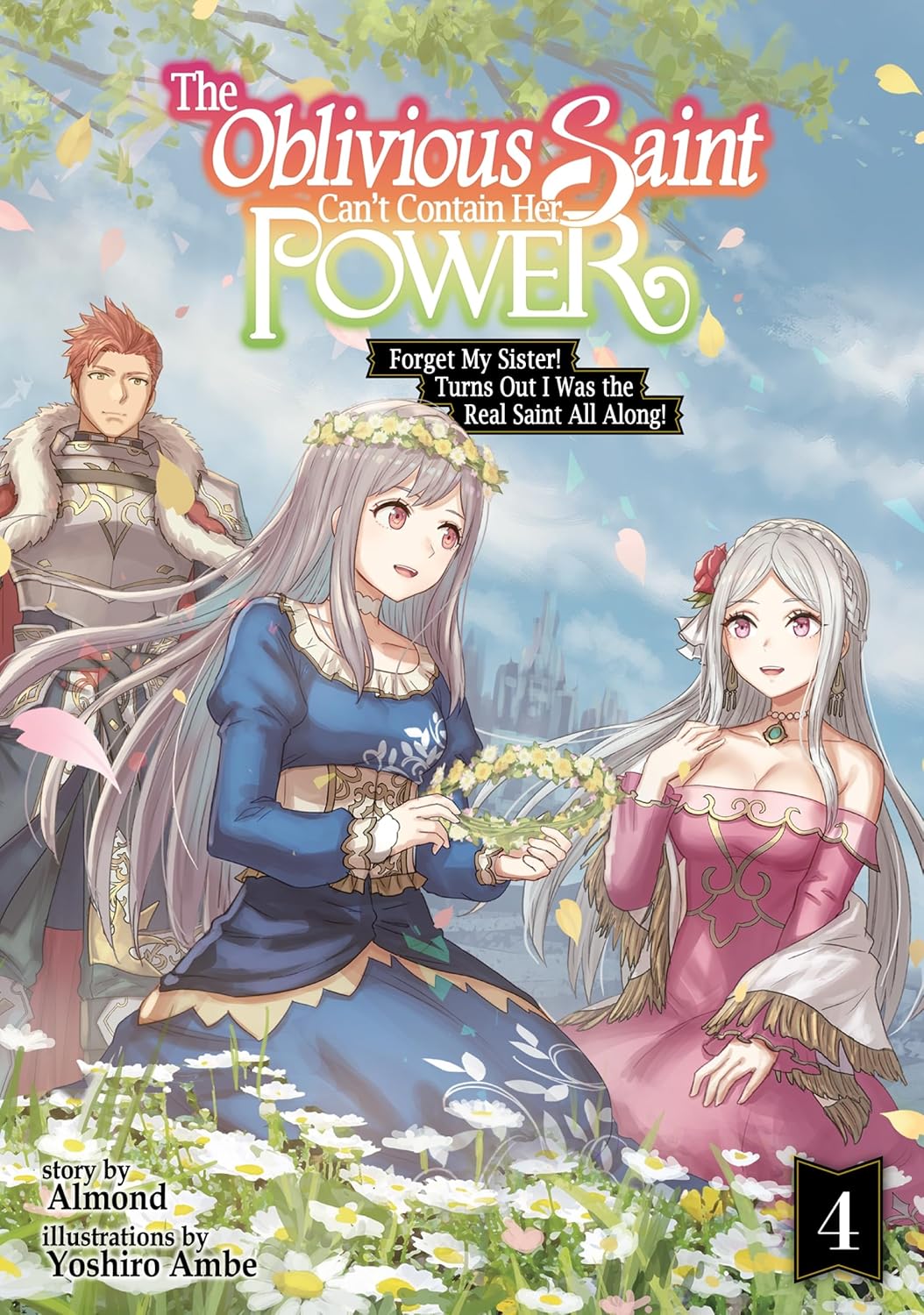By Harunori Biyori and Hitaki Yuu. Released in Japan as “Otome Game no Heroine de Saikyō Survival” by TO Books. Released in North America by J-Novel Club. Translated by Camilla L.
Much as this series seems most of the time to be ignoring the whole otome heroine part of the title in favor of the fight for survival, it never quite forgets about it altogether. There’s always one or two scenes reminding us that not only is Alia supposed to be the “heroine” of this otome game (and has memories that are not hers of life in Japan), but there’s also another minor villainess who is reincarnated – and is terrified of Alia, to the point where its thrown her relationship with the “main” villainess, Elena, off. That said, the next volume of the series would appear to delve more deeply into that plotline, so rest assured it will be relevant soon. But not yet. For this volume is all about Alia’s ability to fight and fight and fight some more, and the various ways she wins against all sorts of enemies and monsters that should be too much for her to handle.
Alia has gotten a bit of a reputation, as we first see her here taking out a team of slavers who’ve been working together for ten years, and she is now known as The Ashen Princess, Lady Cinders. She’s also returning to the city where the first book happened, and running into the same cast, who inform her that there’s an Orc General, 4 Orc Soldiers, and about 50 Orcs who have infiltrated an abandoned village, and they’re on the verge of invading inhabited human cities. It’s time for Alia to do something ludicrous, like take them all on. After this, she’s met by Viro, who has a job offer that she really can’t refuse: kill Graves. Unfortunately, not only has Graves also been training really hard and leveling up since he last tried to kill her, but he’s also brought in a killer panther monster.
The author says that this book is about strength, and that’s certainly true. Alia may not be as strong as the enemies that she’s facing, but to us, the reader, she ludicrously strong – as she is to the residents of that city, as the old blacksmith who gave her her first knife stares in awe at what she’s been doing to wear it out. The author also says this is about “why people and monsters fight”. Alia is very surprised, at the end of the battle between her and the Orc General, when he speaks to her, asking her name and asking why she’s doing this. In that case she has to, as otherwise the human settlement would be destroyed. But later, with the panther monster, she’s more ready to communicate and compromise, and while that doesn’t help with her actual mission – alas, the main villain lives to fight another day – it gets her a friend and familiar. Who is also a killer monster. Even if it sleeps in a cardboard box.
Still full of stats, still full of fights, still strangely compelling. Will definitely read more.



